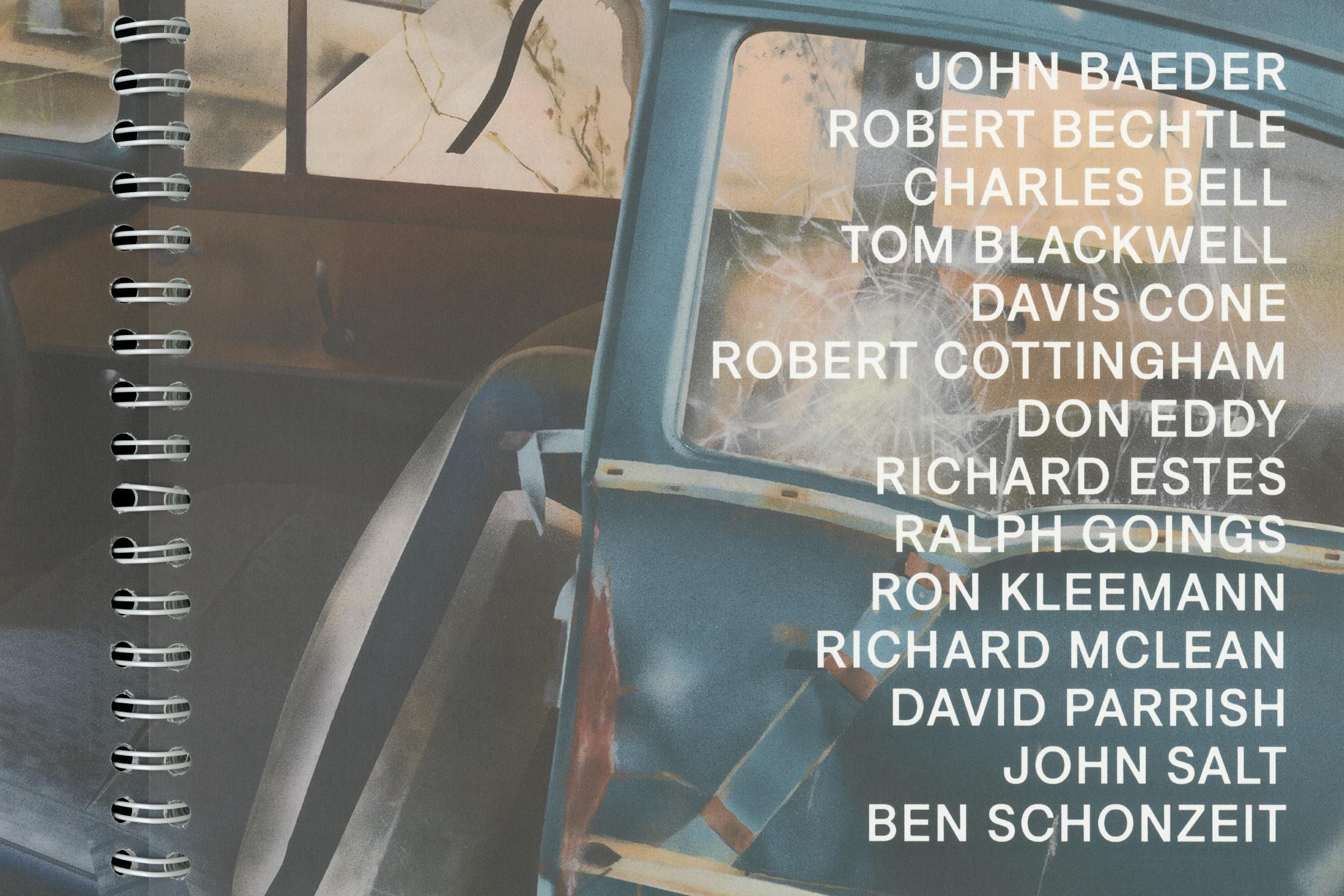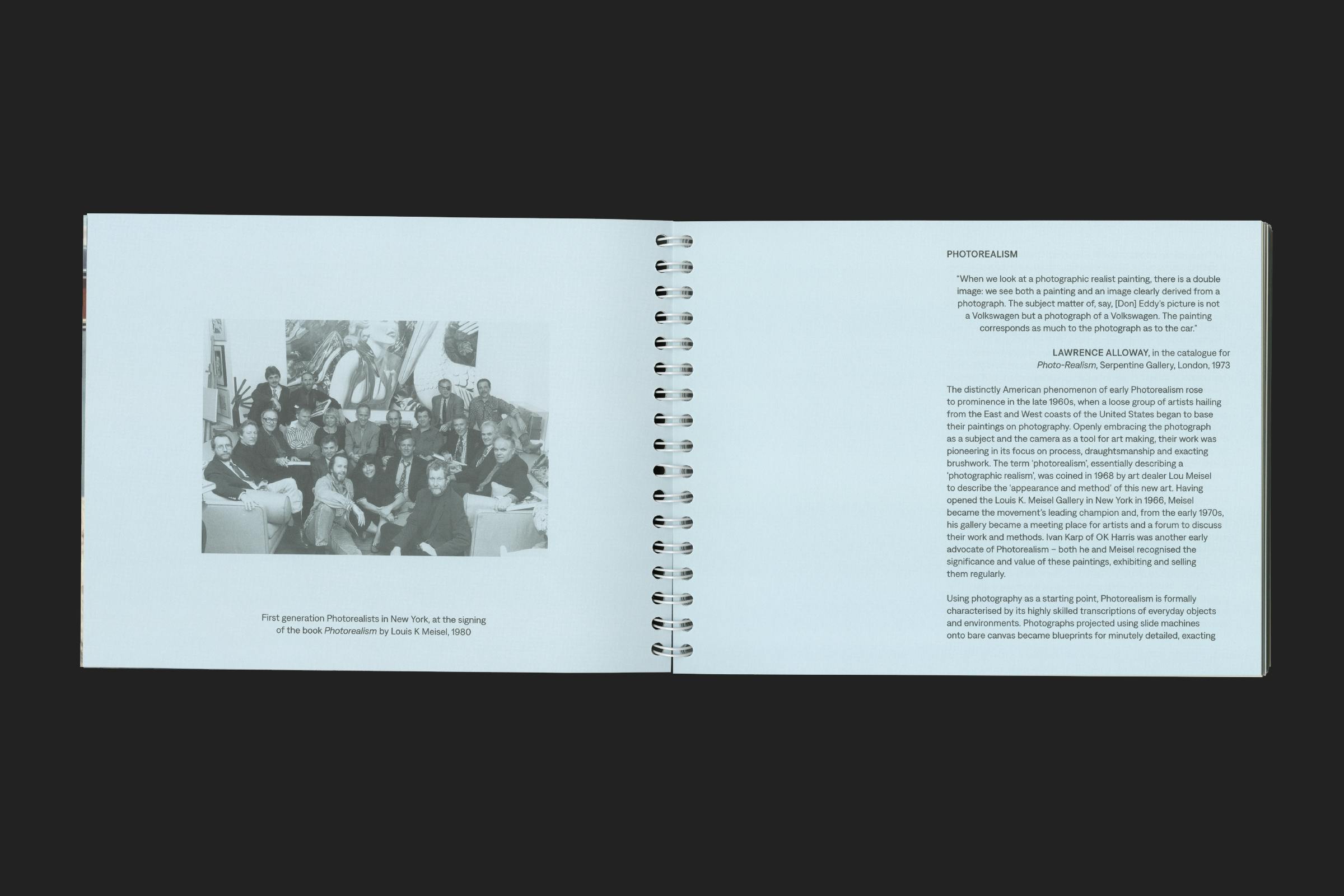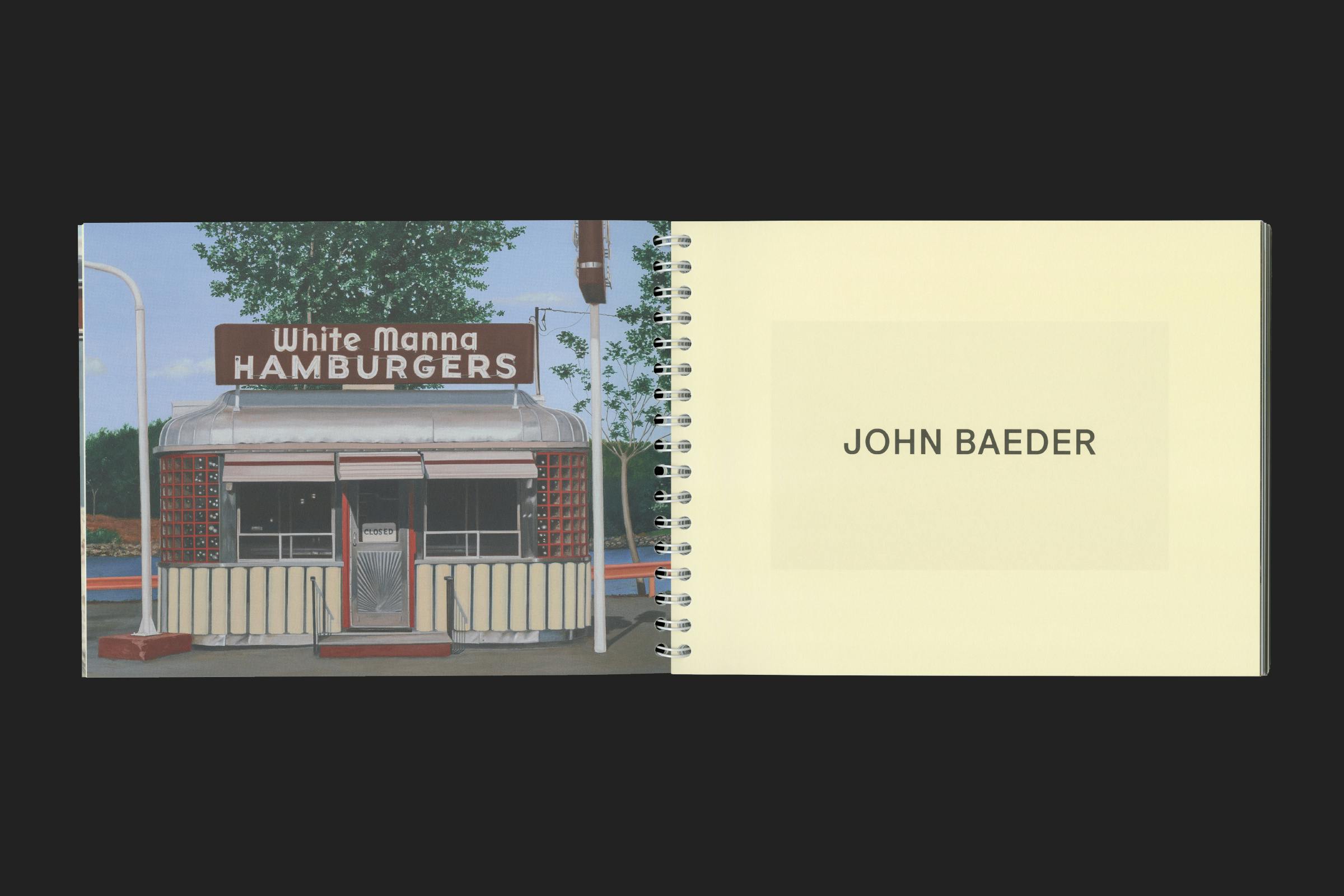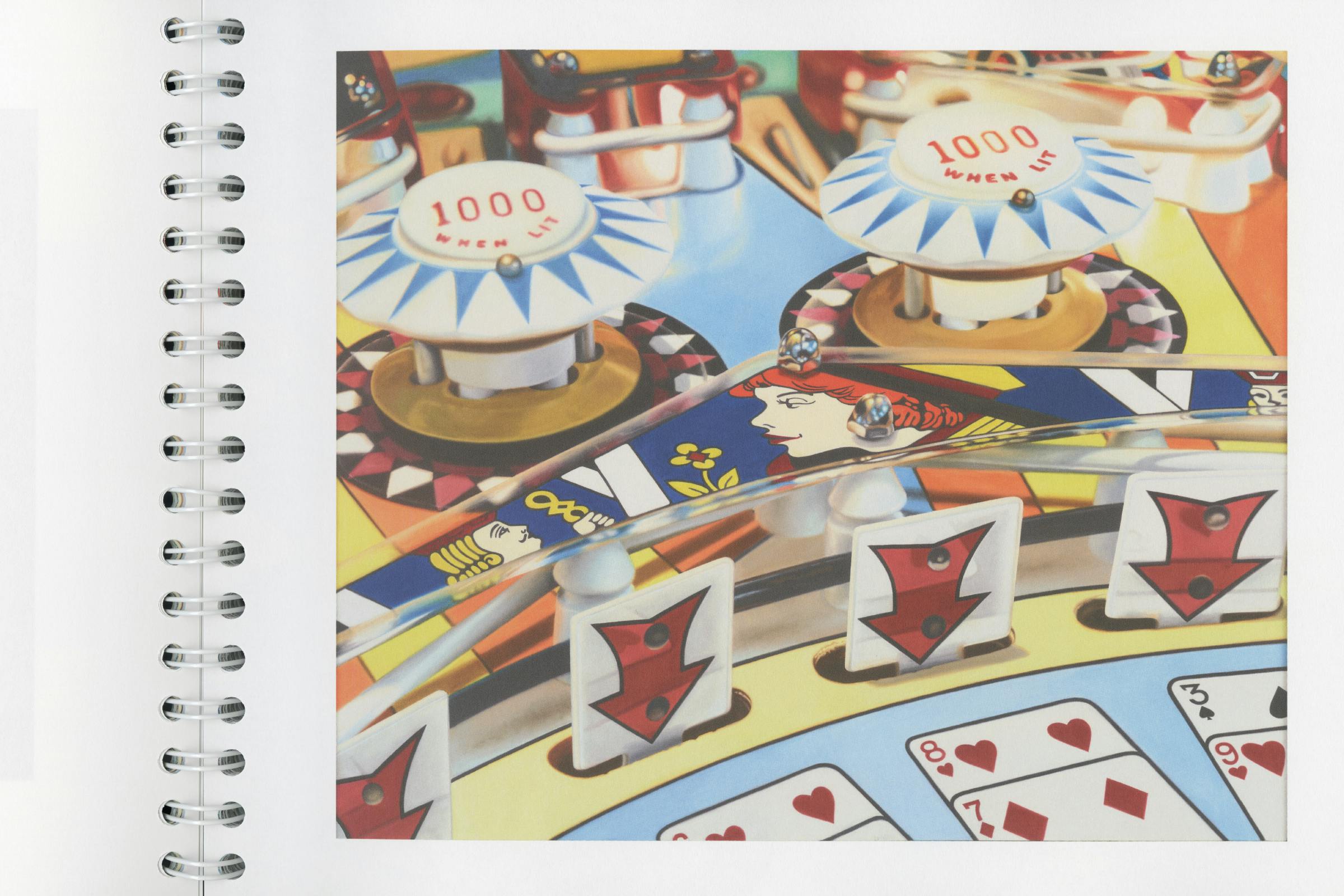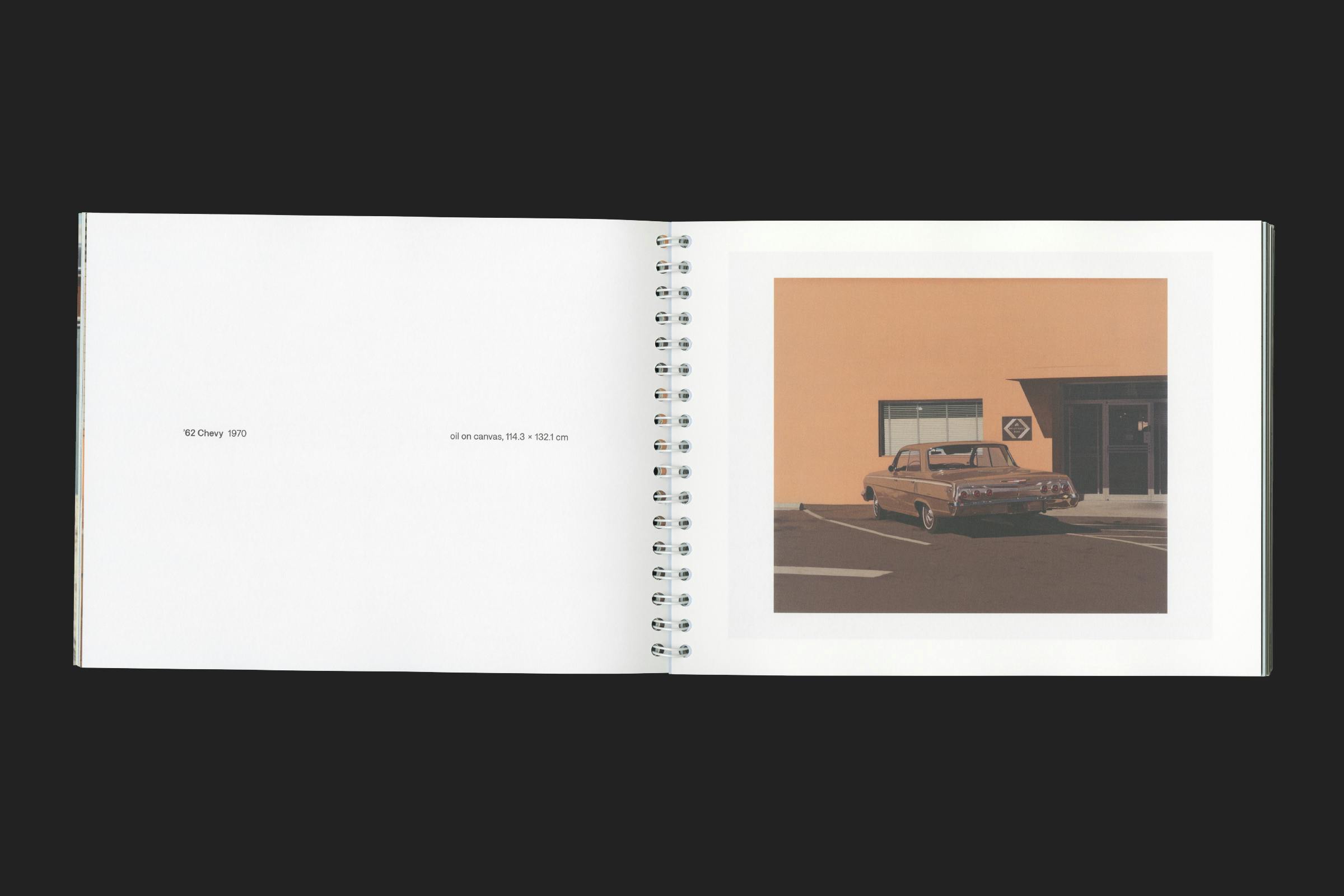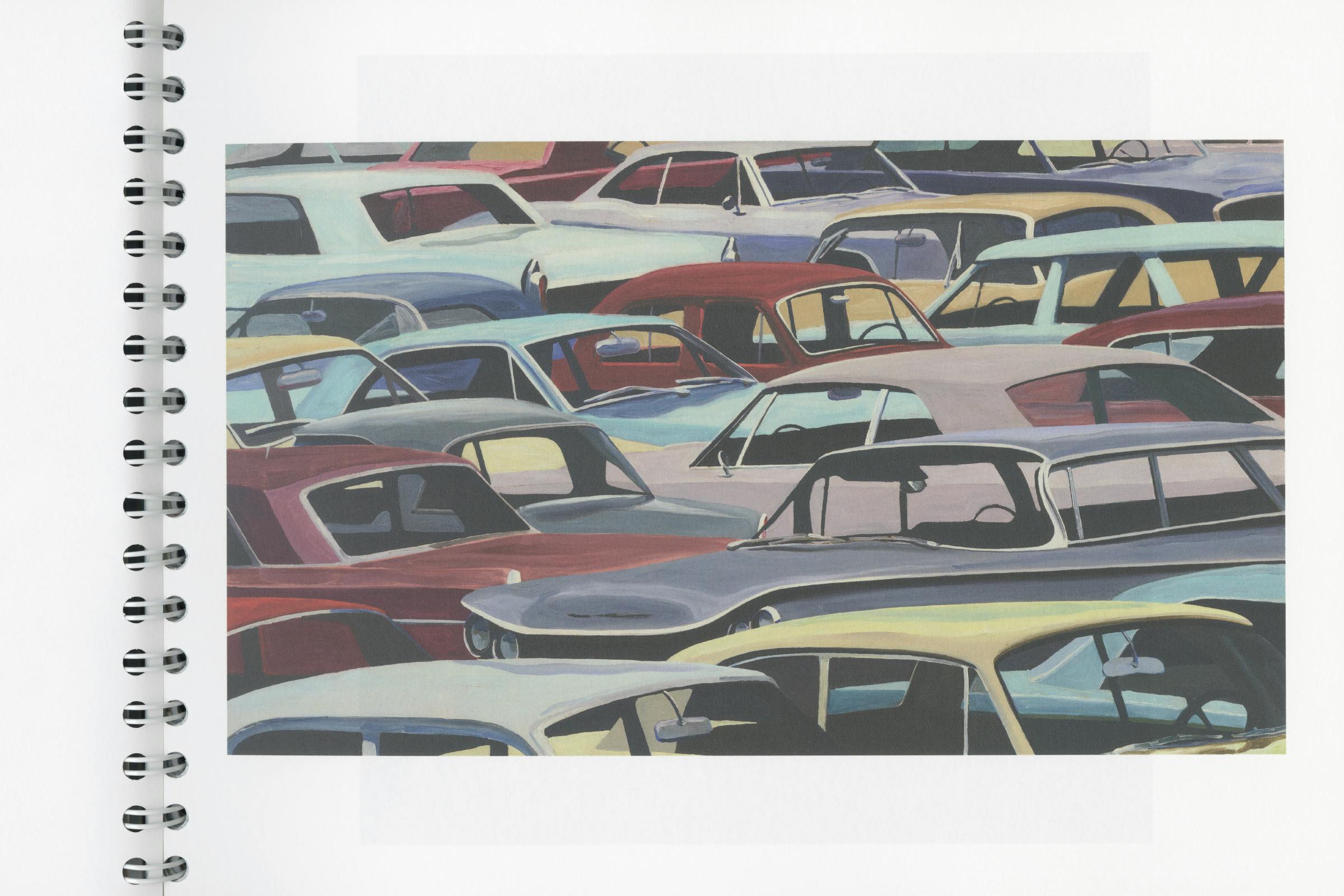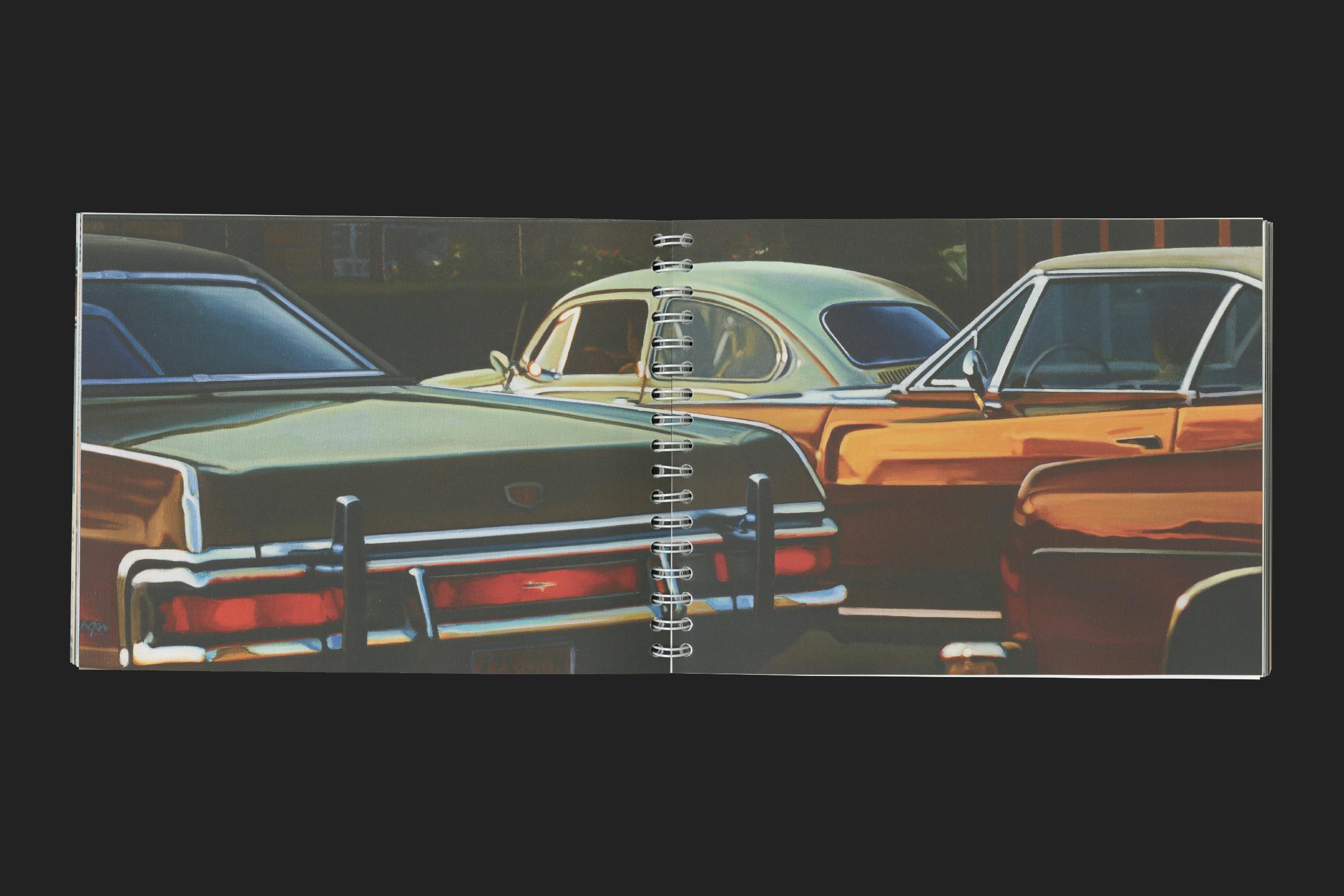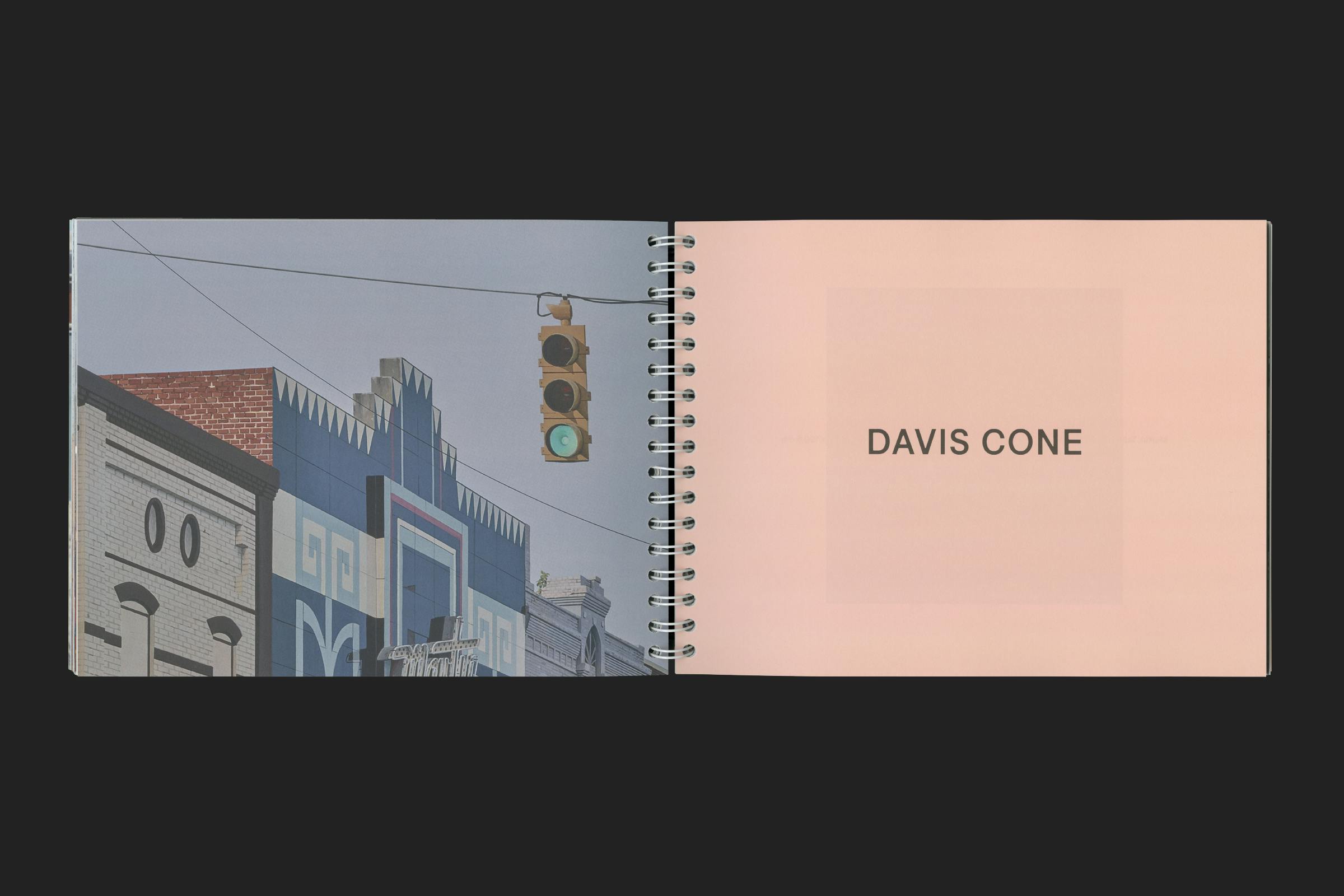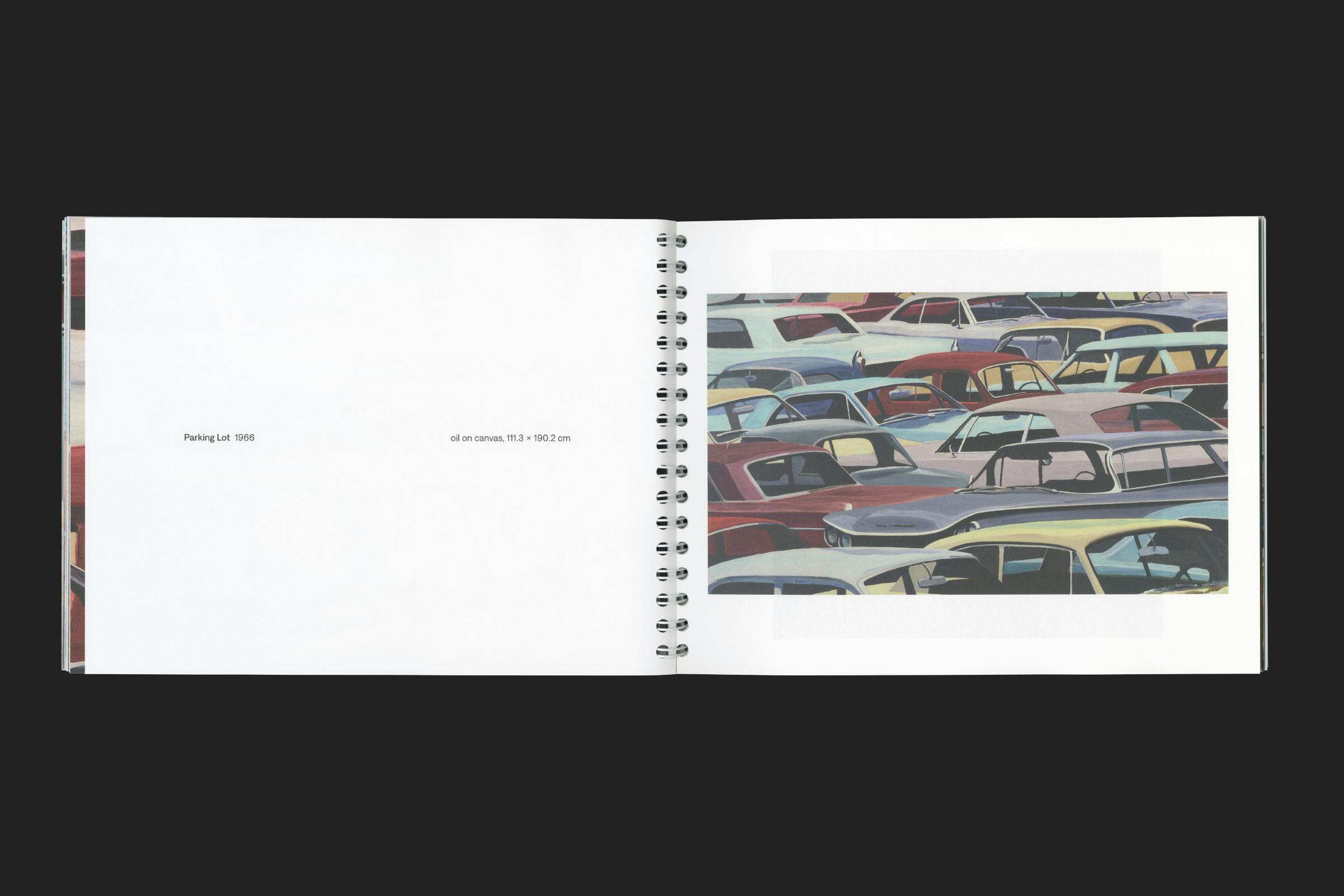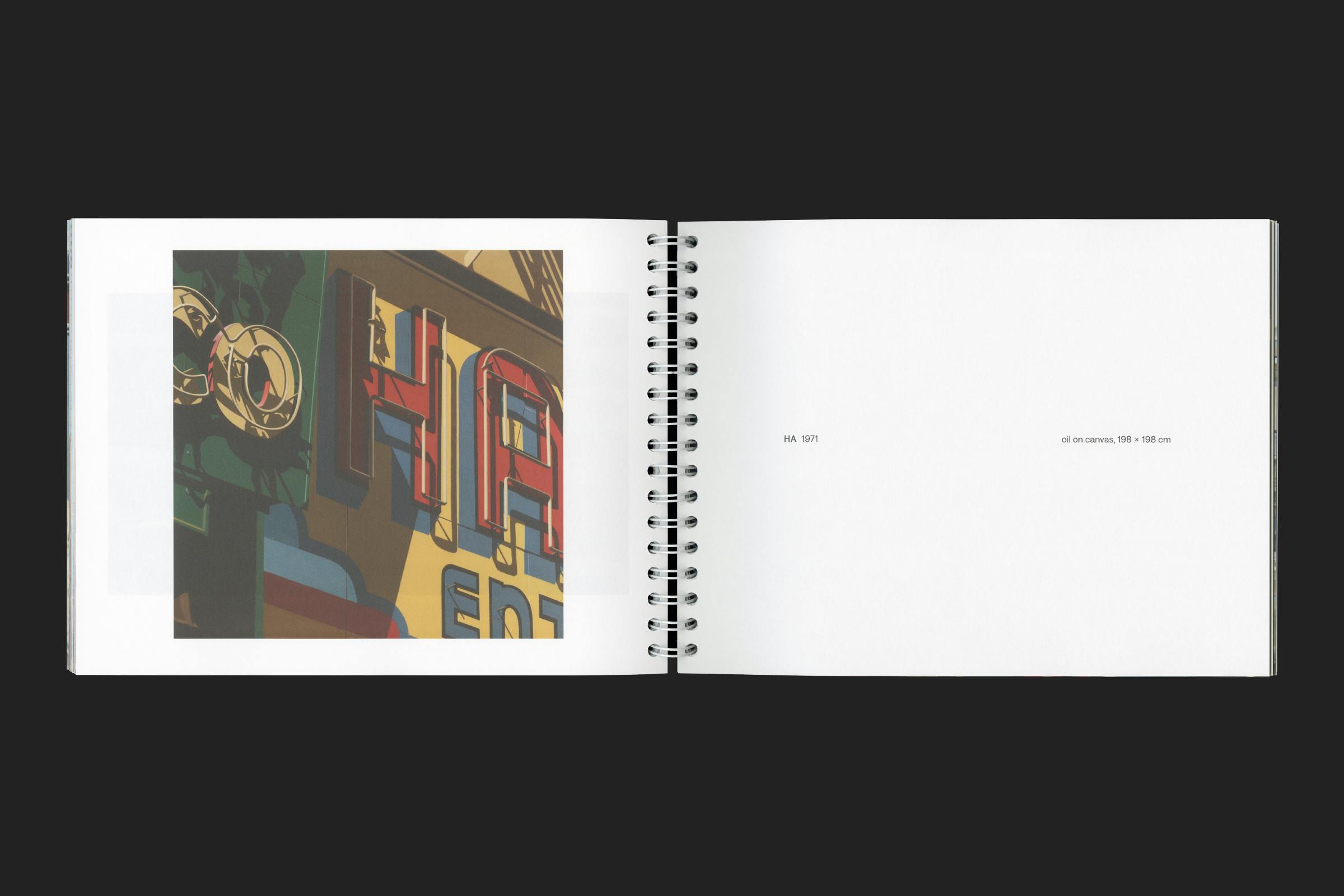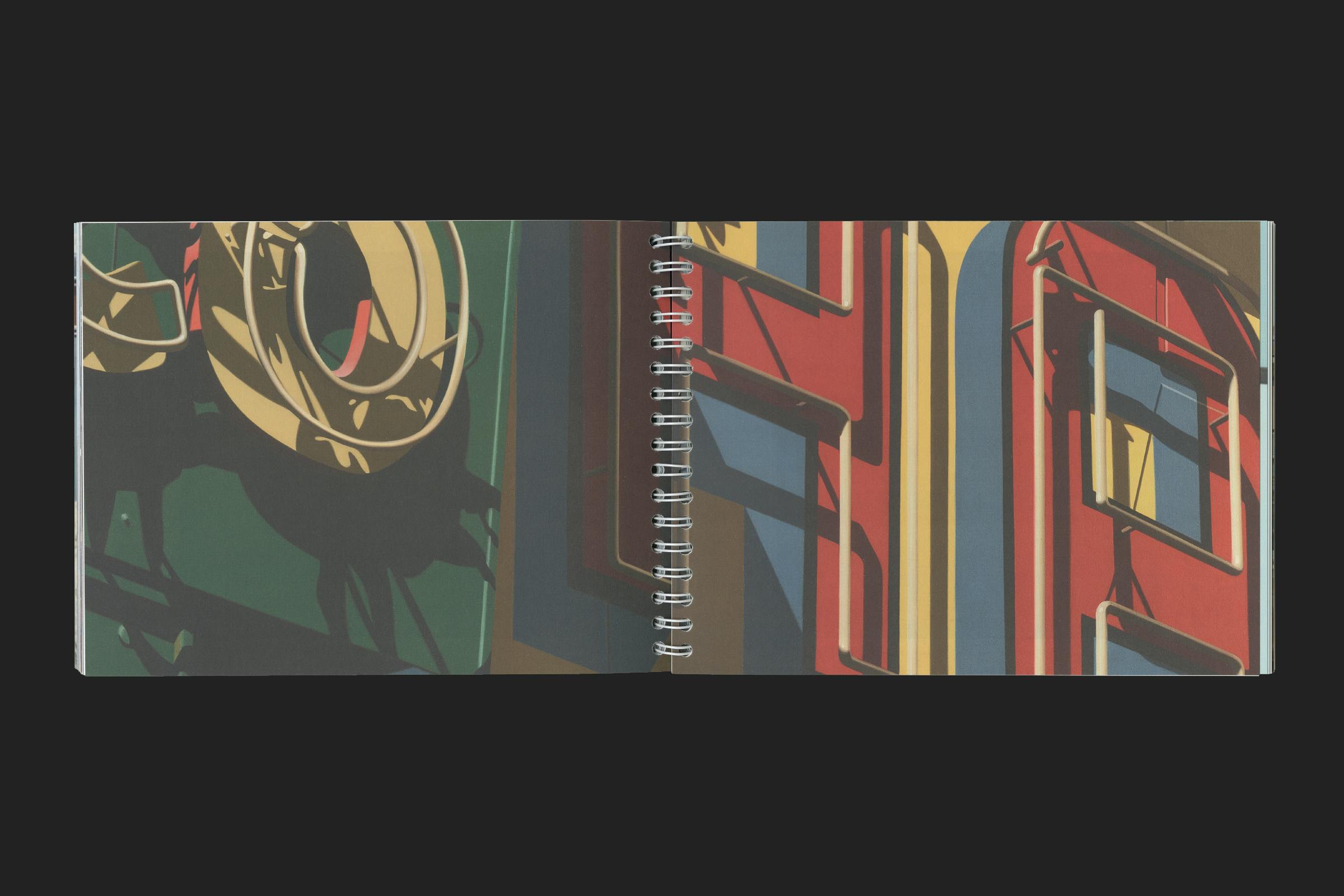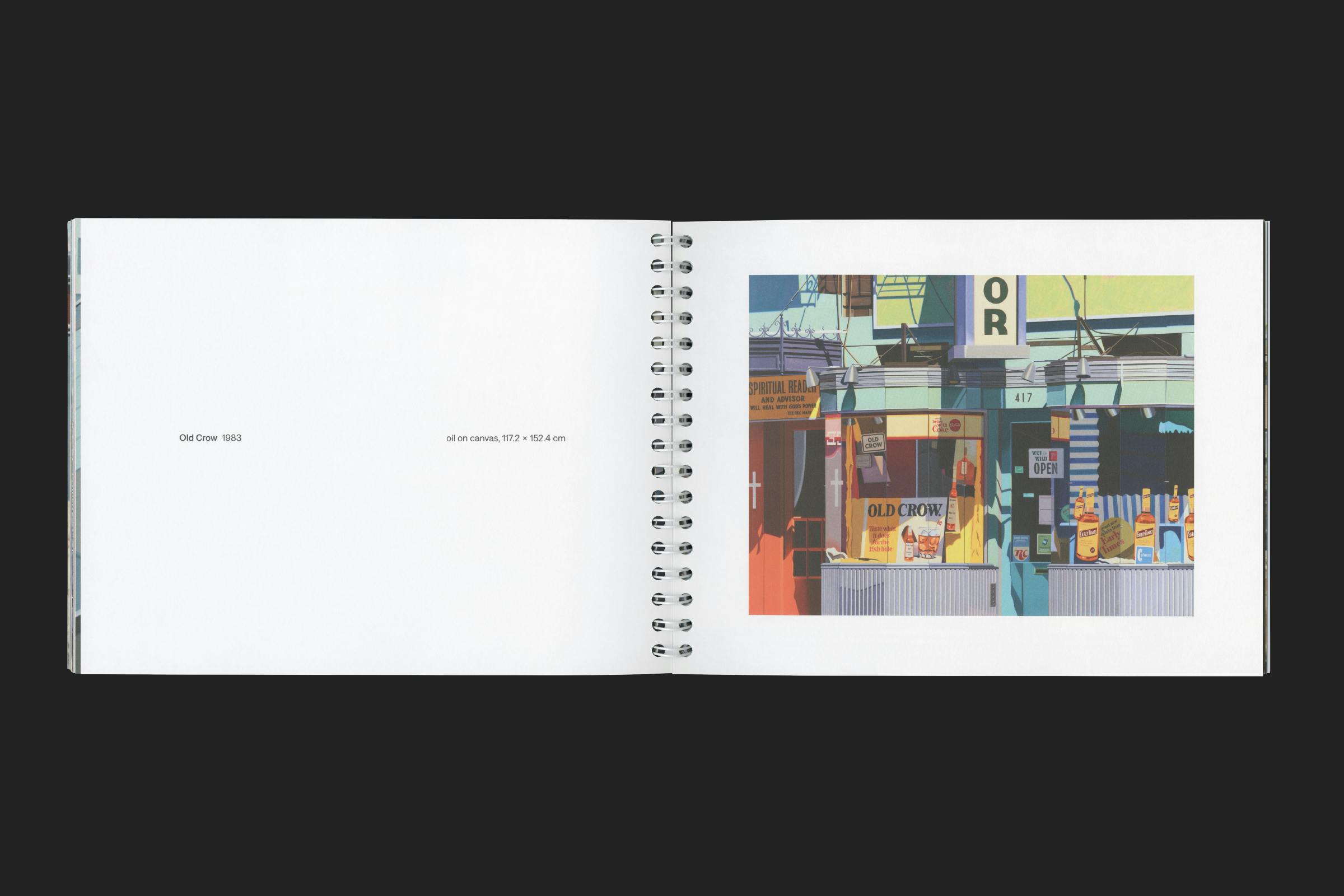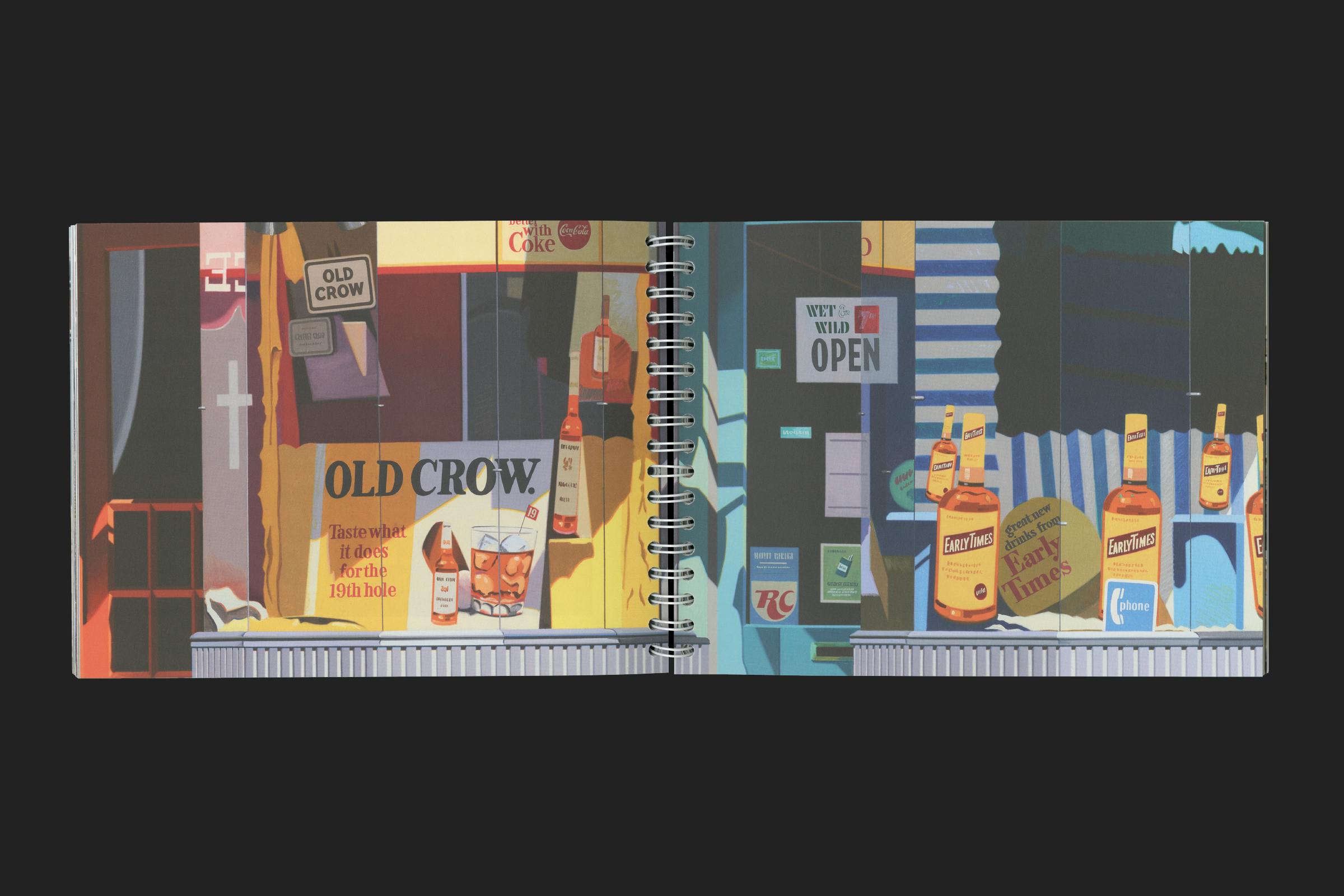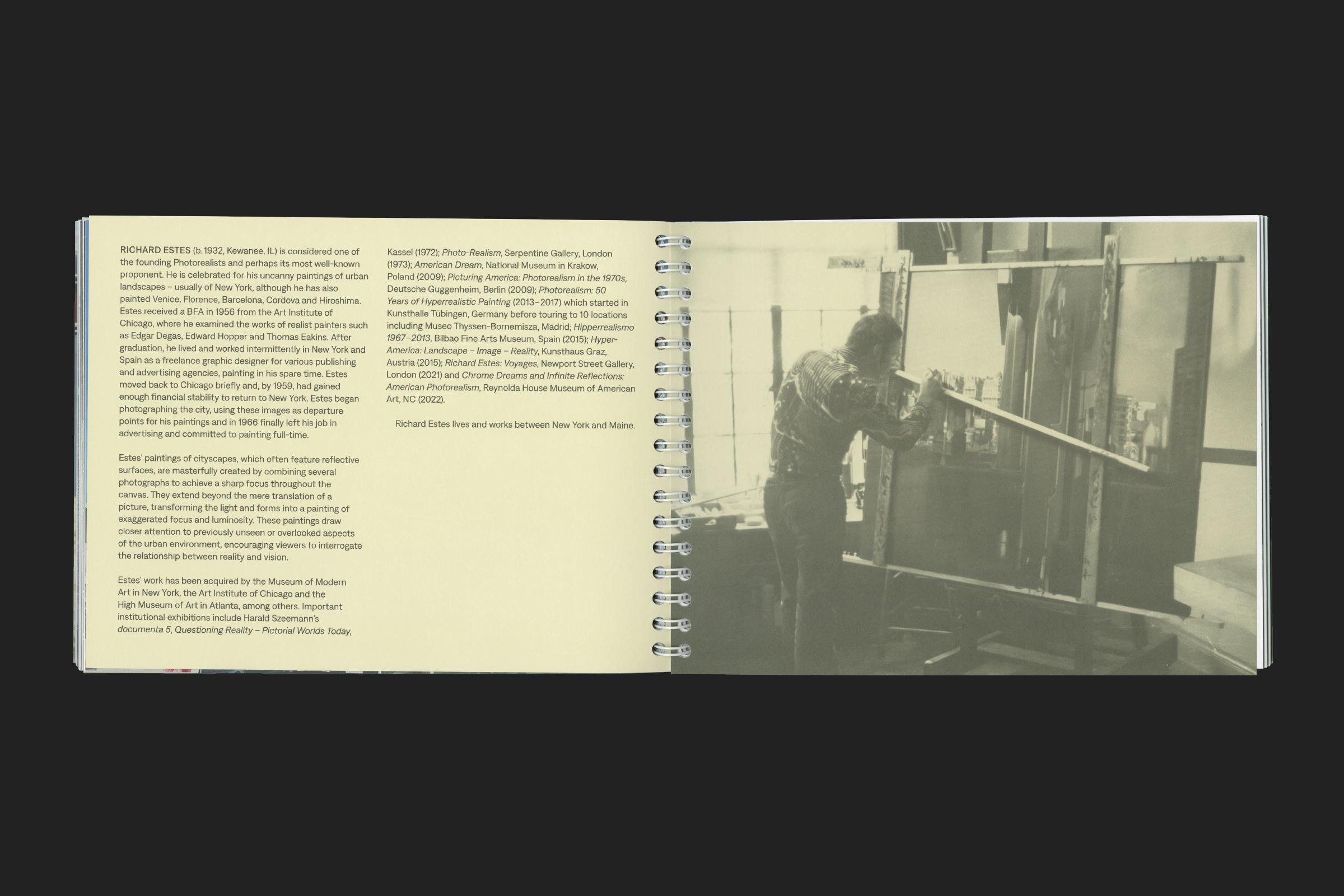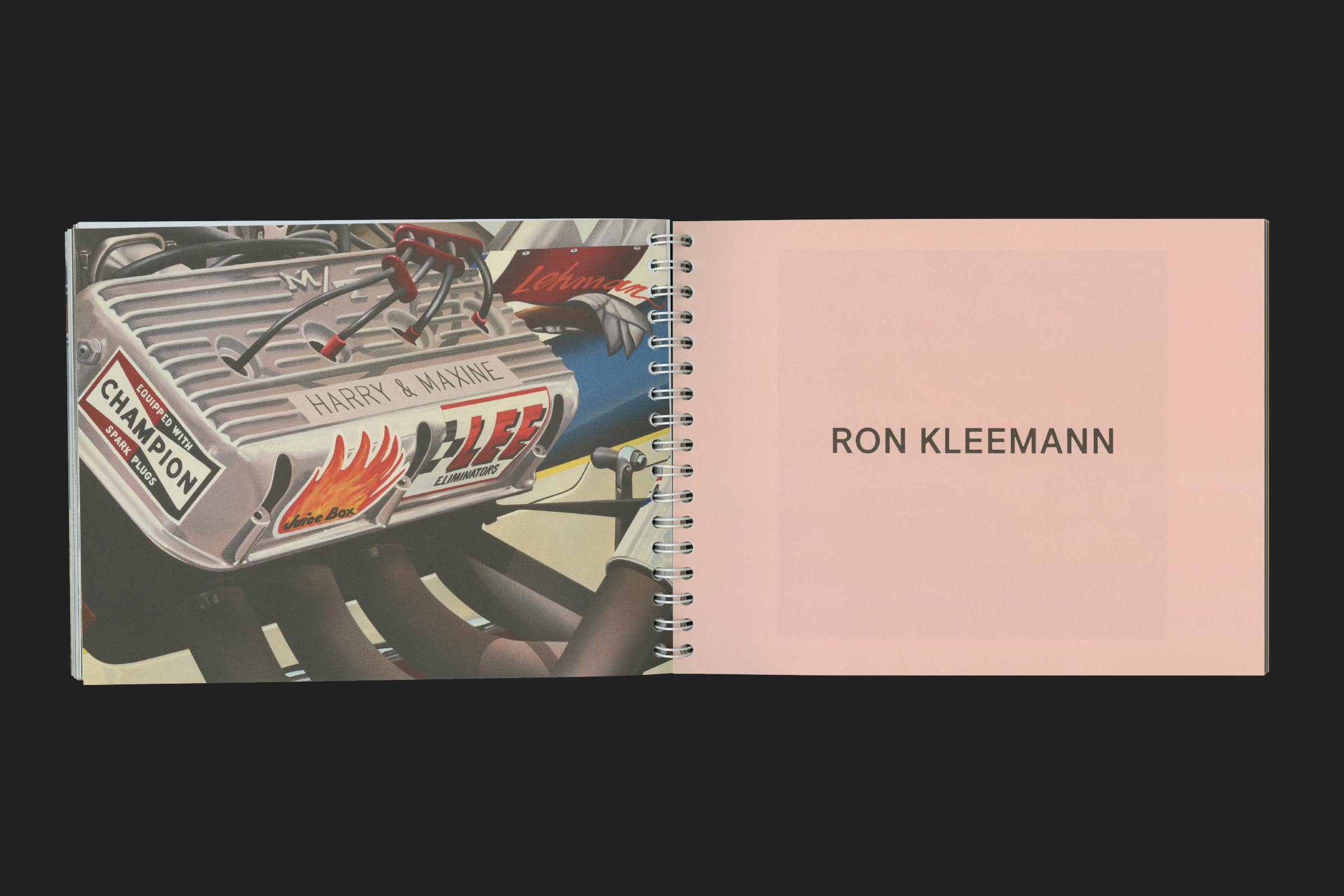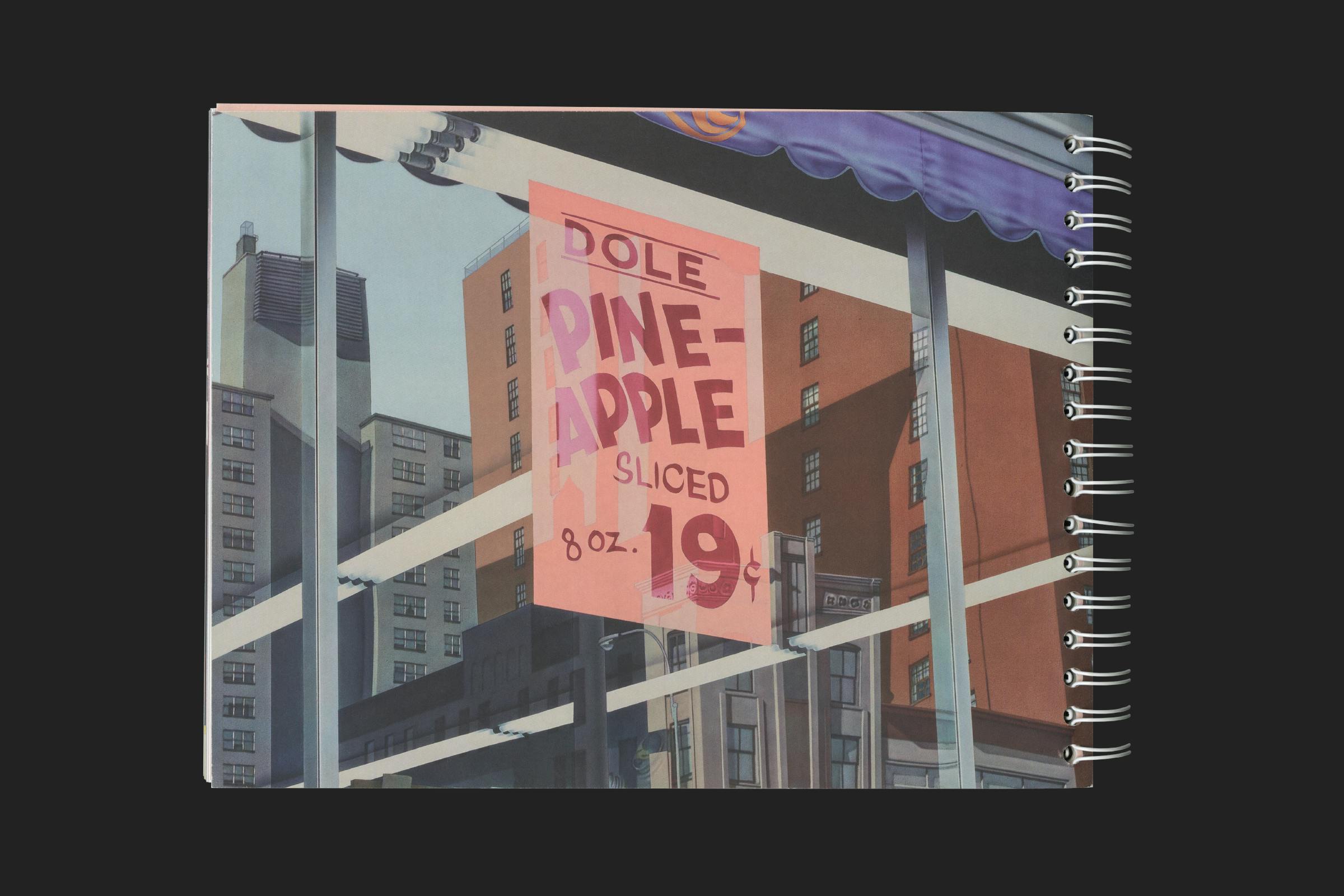
Photorealism 1966–1985
A book celebrating the first London retrospective of Photorealist paintings in over 50 years. Despite their photographic starting point,* these works are chiefly concerned with paint and the technical challenges of the medium. Photorealists relished capturing everyday reflective surfaces such as glass, chrome and the texture of materials like leather and plastic. Reacting against Abstract Expressionism, the artists attempted to remove any trace of the human hand – yet hints remain.
‘Photorealism’ describes work by a loose group of artists hailing from the East and West coasts of the United States who based their paintings on photography. They embrace the photograph as a subject and incorporate the detached vision of the camera into their work. This gives their paintings an astonishing degree of clarity – a captured moment, fleeting effects of light and shade – typically depicting scenes of everyday American life.
Client
Waddington Custot
Category
Format
290 × 220 mm
Extent
230pp
Binding
Wire
Typefaces
Denim, Denim Ink
This publication draws you into the paintings, revealing their texture through close-up details. Getting up close to smaller scenes within these snapshots of everyday life. Diving into the optical illusion created by lifelike technique.
An industrial feeling wire-binding reflects the rugged, industrial or mechanised nature of the subject matter found within the majority of the paintings. Softened through title pages of pale colours that introduce each artist.
This industrial lean is carried through typographically with a mechanical orientated sans serif, Denim, that features exaggerated ink traps.
Part 1
21 April – 20 May 2023
Part 2
24 May–25 June 2023
* In relation to a photographic starting point, Don Eddy, (one of the artists in the publication), said in an interview in 1972: “It raises the question of whether you are looking at an illusion of objects in space, or a representation of a flat piece of paper – a photograph – which is in turn a representation of things in space. The idea of being photographic or true to life doesn’t really interest me. It's the references between what we know, what we see, what we think we see and what’s there, between the surface of the canvas and the illusion in the canvas.”

